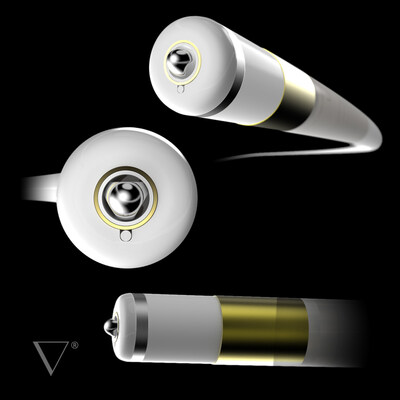LumiThera Inc., a commercial-stage medical device company offering photobiomodulation (PBM) treatment for ocular damage and disease, today announced the completion of its acquisition of Diopsys, Inc., a leader in modern visual electrophysiology medical devices that help eye care professionals analyze the entire visual pathway for visual and neuro-visual disorders. Diopsys is now a wholly-owned subsidiary of LumiThera.
The acquisition creates a complementary diagnosis and monitoring platform to the Valeda® Light Delivery System, LumiThera’s leading treatment platform. Electroretinography (ERG) is an established diagnostic test that measures the electrical activity of the retina of the eye in response to a light stimulus. Diopsys has an established commercial U.S. sales force that will combine with LumiThera’s EU sales team to serve a large global footprint of eye care professionals.
“We are excited for the new combined entity and the potential to prevent vision loss,” indicated Joe Fontanetta, President, Diopsys. “The theranostic company will provide the tools eye care professionals need to diagnose, treat, and monitor patients, providing a solution for multiple ocular diseases with limited treatment options.”
LumiThera’s announcement precedes the possible release of its 13-month U.S. LIGHTSITE III trial data in intermediate dry Age-related Macular Degeneration (AMD) patients. The LIGHTSITE III trial enrolled 100 subjects, who are receiving Valeda treatments every 4 months. A 13-month efficacy time point for all patients will provide a predesignated early look at the primary vision endpoint. If successful, further efficacy analysis can be conducted to support FDA approval. The trial will continue to follow patients for 24 months for safety. If the groups have not separated at 13 months, the trial will remain masked and the primary endpoint will become the 21-month timepoint.
“The LIGHTSITE III trial mirrors FDA approval trials for wet AMD drugs in endpoints and duration, in measuring the progression of vision loss in intermediate dry AMD patients, and how Valeda treatments can improve vision and impact disease progression,” stated Clark E. Tedford, Ph.D., President and CEO, LumiThera, Inc. “We have seen positive clinical data in multiple clinical trials with Valeda in the last year. We have also seen increased adoption of Valeda’s non-invasive treatment for patients in approved European and South American countries over the last two years. We are excited to expand the approved use to the US and other global populations.”
About AMD
AMD is a leading cause of vision loss for people aged 65 and older. Losing central vision can make it harder to see faces, drive, or do close-up work like cooking or fixing things around the house. The overall prevalence of AMD is estimated to increase 7-fold with age, from 4.2% in those aged 45–49 years to 27.2% in those aged 80–85 years. Globally, the prevalence is estimated to increase by 20% between 2020 (195.6 million) and 2030 (243.3 million). More.


